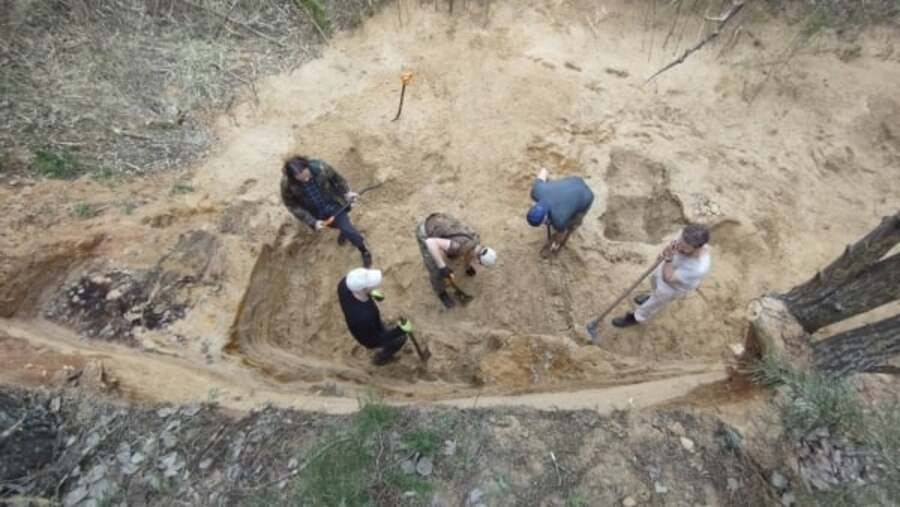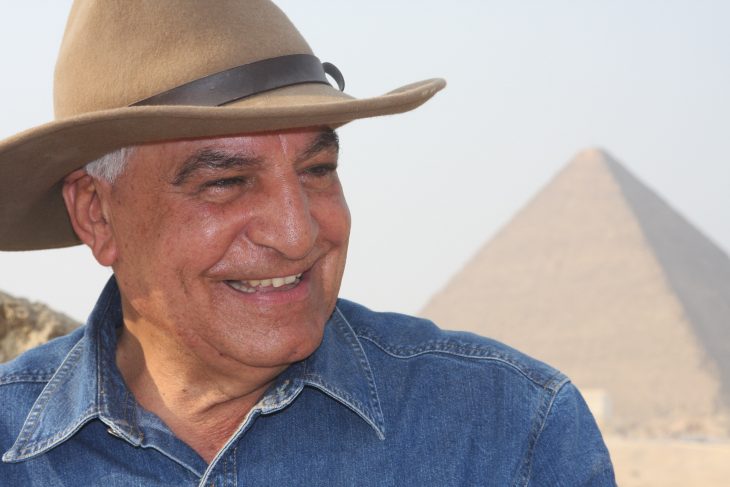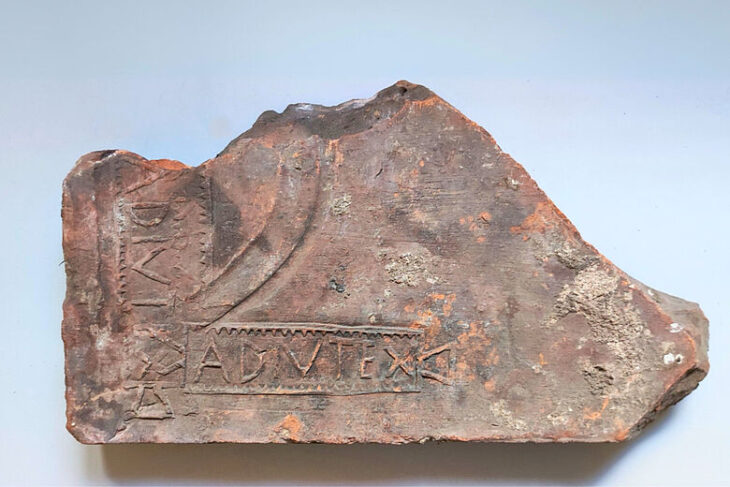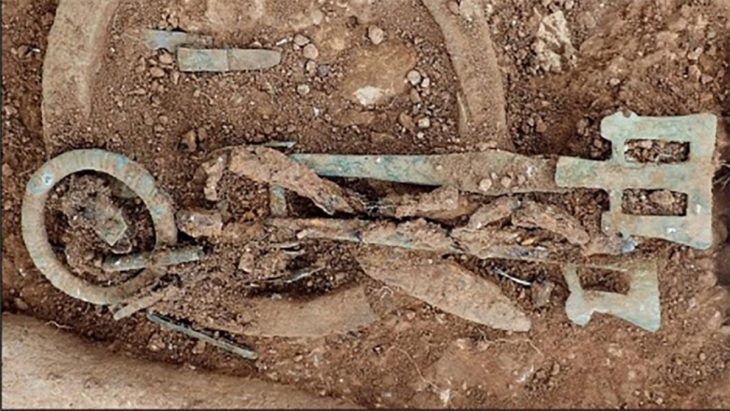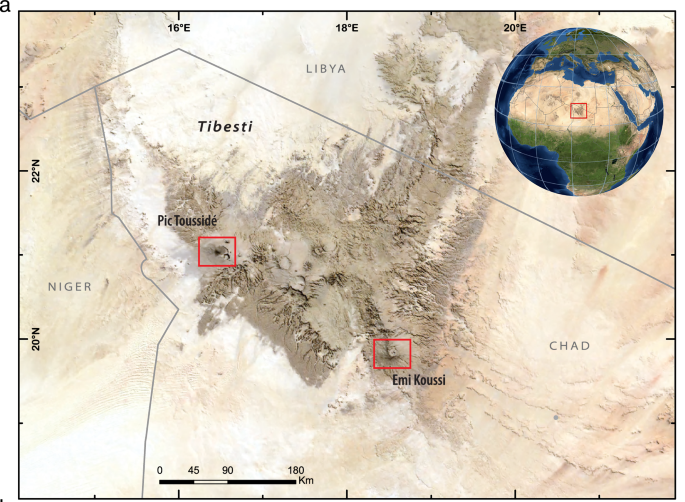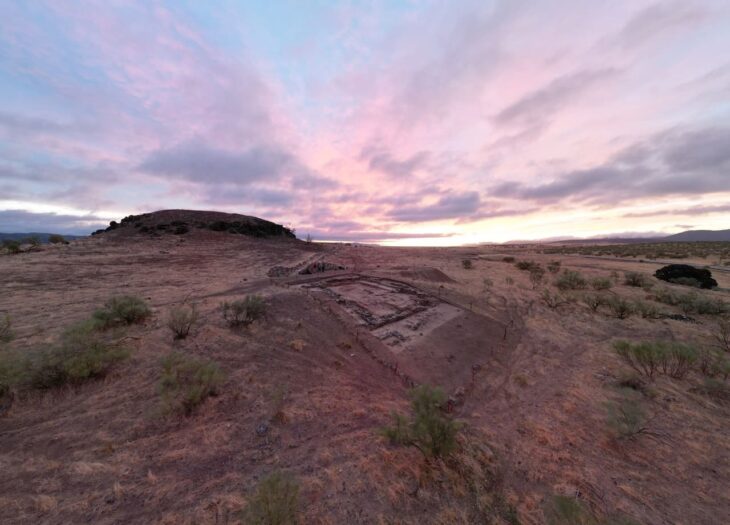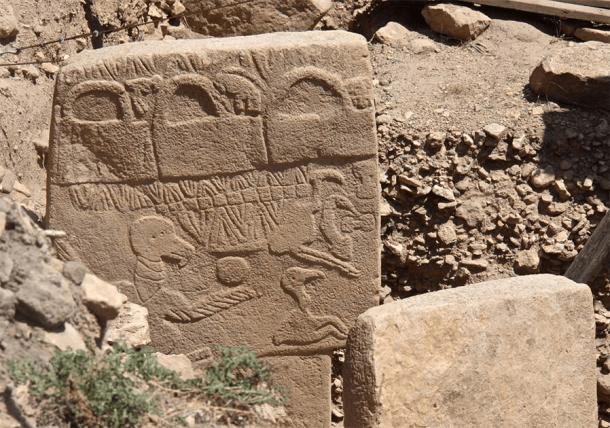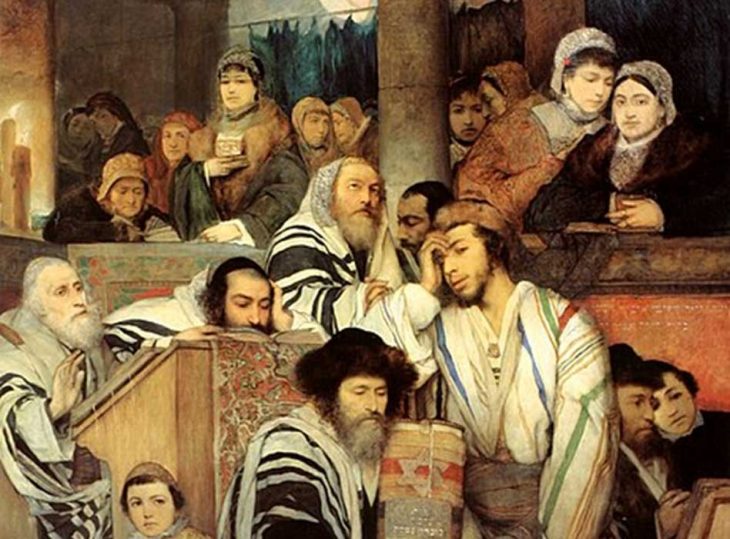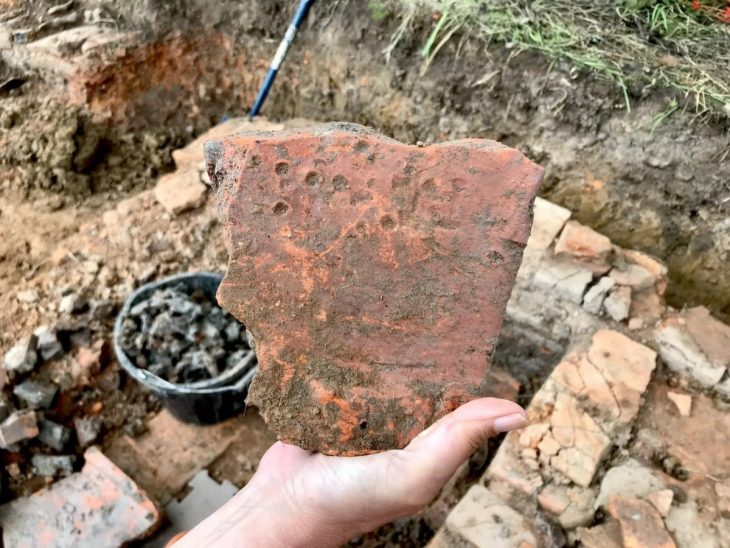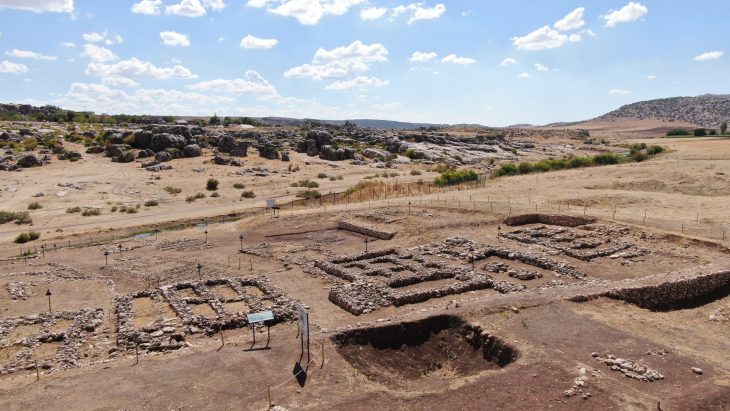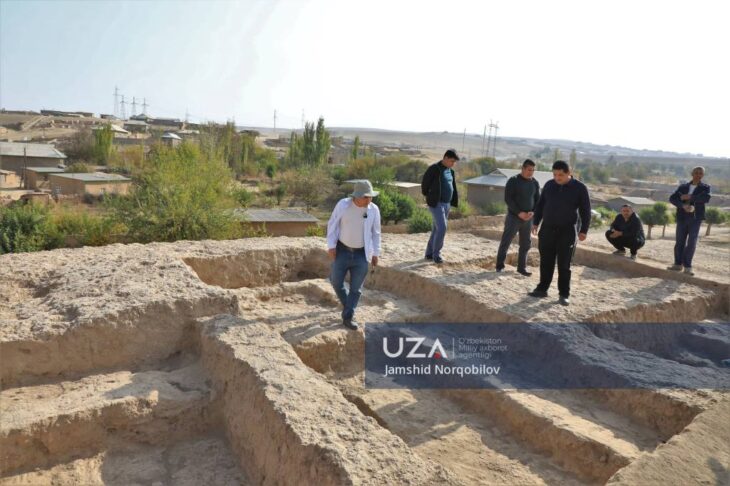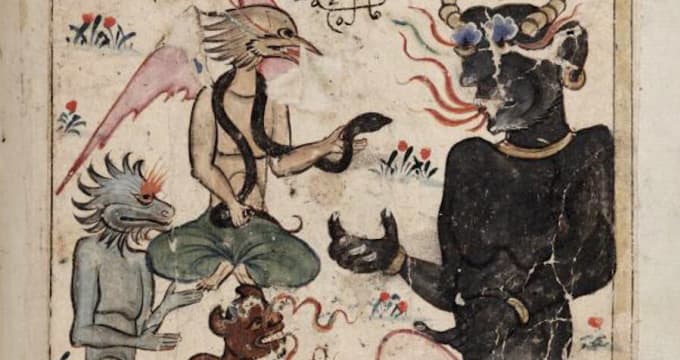Recent archaeological research in Belarus has unveiled insights into the country’s prehistoric past. A series of excavations and underwater studies, particularly at the ancient settlement near the village of Ogovo and the Krivinsky peat bog, have shed new light on human activity in the region dating back hundreds of thousands of years.
Ogovo: Home to One of Belarus’s Oldest Human Settlements
One of the most important recent finds is located near Ogovo, where archaeologists have discovered evidence of a prehistoric settlement. This remarkable site has allowed researchers to conclude that the first humans appeared in what is now Belarus approximately 400,000 years ago.
The excavation revealed a wealth of artifacts, including beads, bracelets, and fragments of ancient ceramics. These findings not only highlight the cultural sophistication of early inhabitants but also offer clues about trade, craftsmanship, and daily life during the Neolithic period.
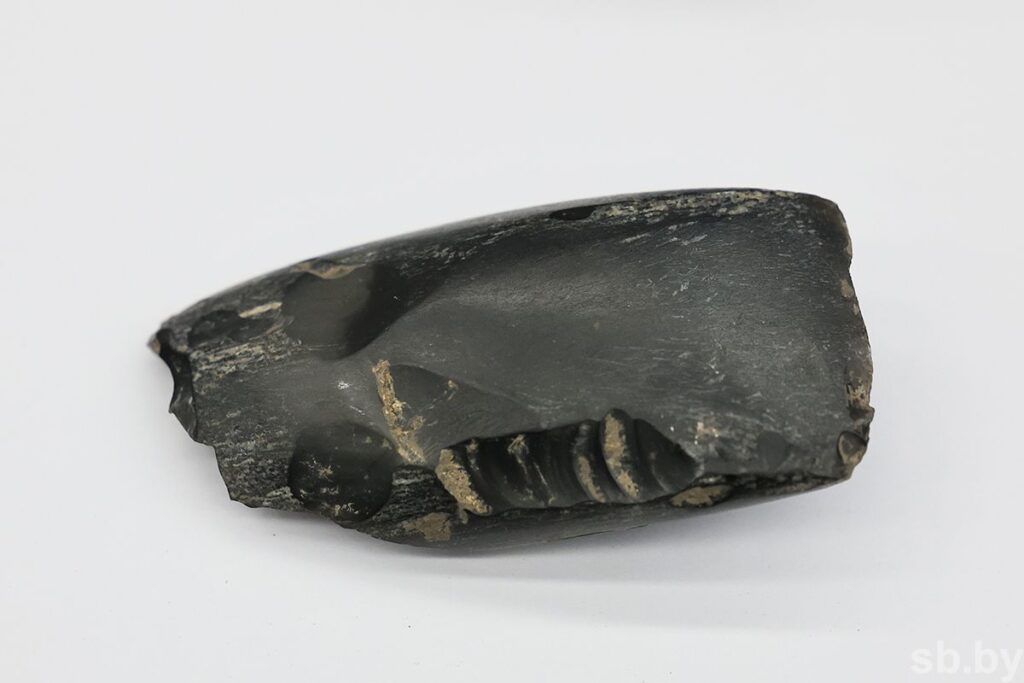
Burial Sites Reveal Ancient Lives and Deaths
Further archaeological work in the Kruglyansky District unearthed ancient burial mounds near the village of Ozery. Among the most significant discoveries were the remains of a young woman, aged between 18 and 30, and two children—one around eight years old and another an infant. These burials provide important anthropological data on the health, social structure, and burial traditions of early communities in Belarus.
Underwater Archaeology at the Krivinsky Peat Bog
While many excavations take place on land, Belarusian archaeologists have also been conducting extensive underwater research. At the Krivinsky peat bog, located on Lake Selyava, a team of experts faced challenging conditions due to fluctuating water levels. Despite these difficulties, the clear water provided an ideal environment for detailed exploration.
📣 Our WhatsApp channel is now LIVE! Stay up-to-date with the latest news and updates, just click here to follow us on WhatsApp and never miss a thing!!
Beneath more than two meters of sterile peat, researchers found exceptionally well-preserved organic material — a rarity in Europe. This unique preservation allows scientists to study Neolithic dwellings almost as they appeared thousands of years ago.
According to Sergey Linevich, a leading researcher from the Institute of History of the National Academy of Sciences of Belarus, the site represents “one of the oldest residential complexes preserved in our territory.” Artifacts recovered this year include intricately crafted bone ornaments and tools made from bone and stone.
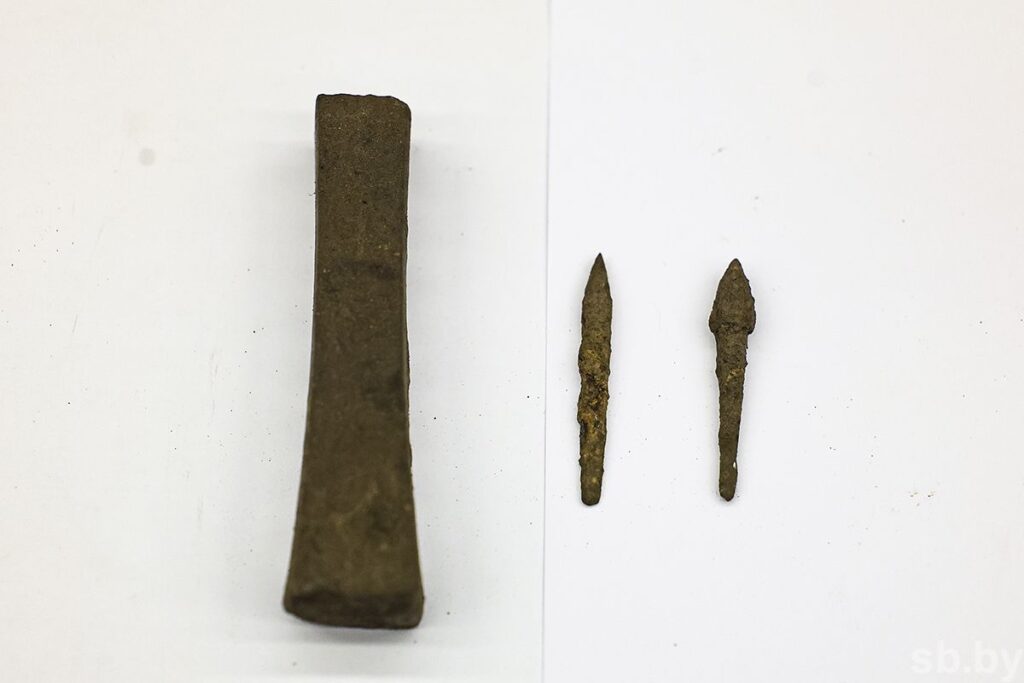
Lake Selyava: Discoveries from the Stone and Iron Ages
In the Krupsky District, a combined land and underwater expedition at Lake Selyava uncovered a rich collection of material from both the Stone Age and Iron Age. Among the most remarkable finds was a perfectly preserved polished stone axe, discovered in a test pit just one meter square — an extraordinary stroke of archaeological luck.
These discoveries underline the long history of human habitation in the region and highlight Belarus as a key area for understanding prehistoric life in Eastern Europe.
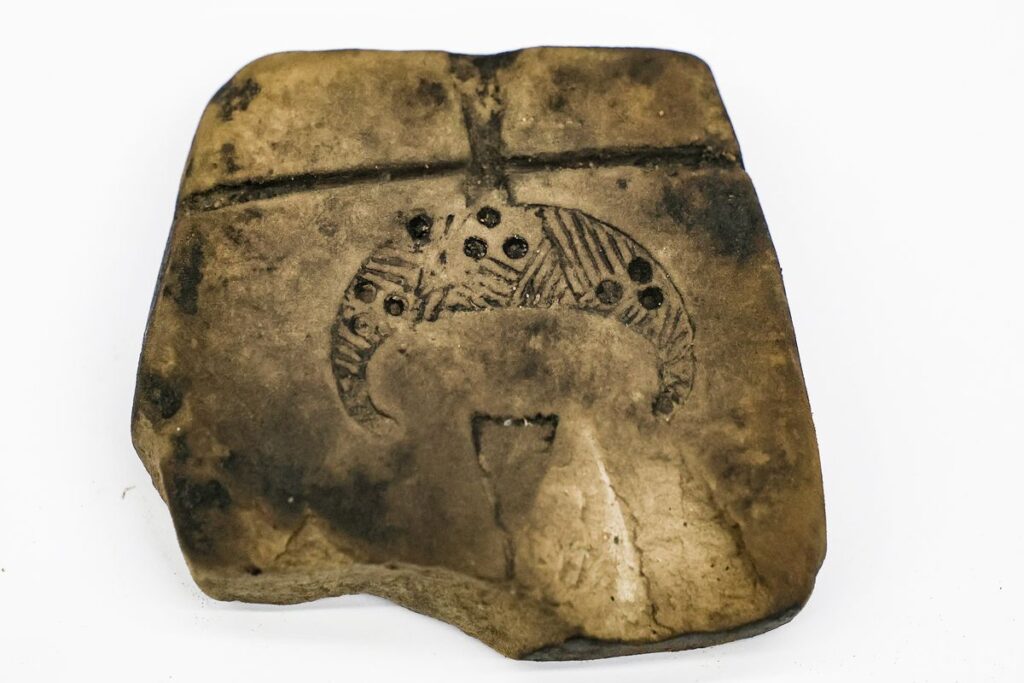
Protecting Belarus’s Archaeological Heritage
The recent surge in archaeological discoveries has sparked discussions about preserving these invaluable sites. One proposal under consideration is a ban on the private use of metal detectors by individuals, aimed at preventing unauthorized excavations and looting of historical artifacts.
Archaeologists argue that uncontrolled treasure hunting poses a significant threat to the preservation of Belarus’s cultural heritage. By implementing stricter regulations, researchers hope to safeguard sites like Ogovo and the Krivinsky peat bog for future study.
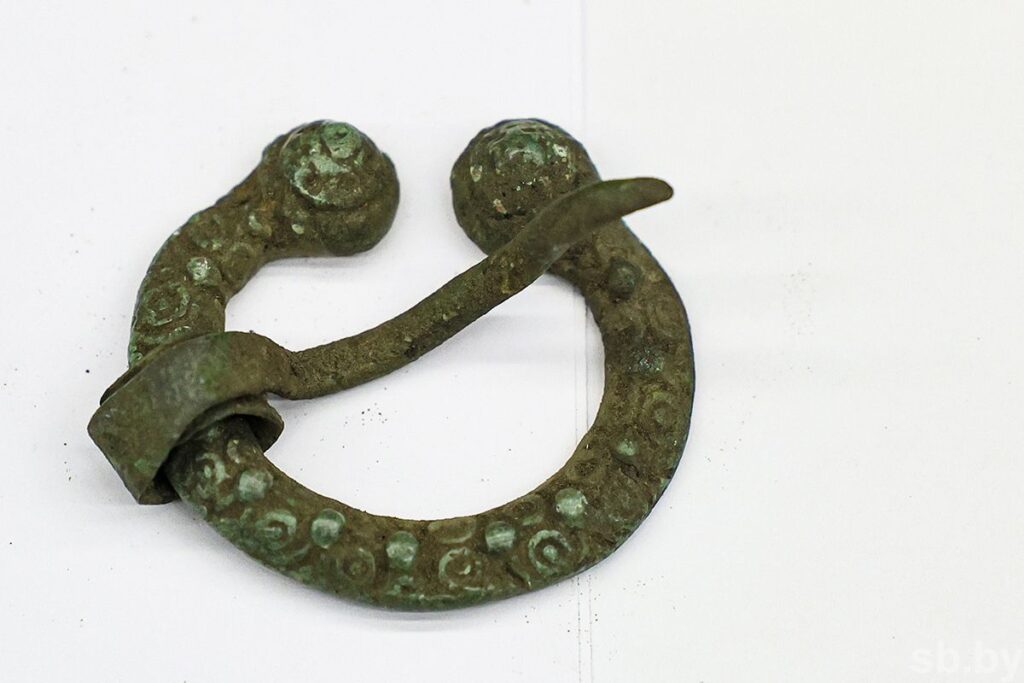
A Window Into the Distant Past
From the ancient settlement of Ogovo to the submerged treasures of Lake Selyava, Belarus is revealing layers of history that connect modern society to its distant ancestors. The combination of terrestrial and underwater archaeology is offering an unprecedented glimpse into how people lived, worked, and interacted with their environment thousands of years ago.
As excavation and preservation efforts continue, sites like Ogovo are expected to yield even more insights — not only into Belarus’s prehistoric past but also into the broader story of human civilization in Europe.

